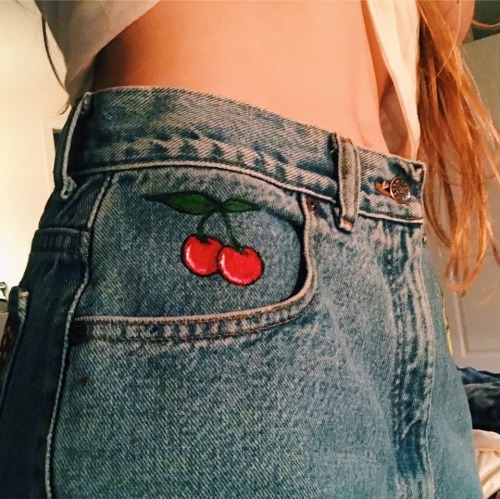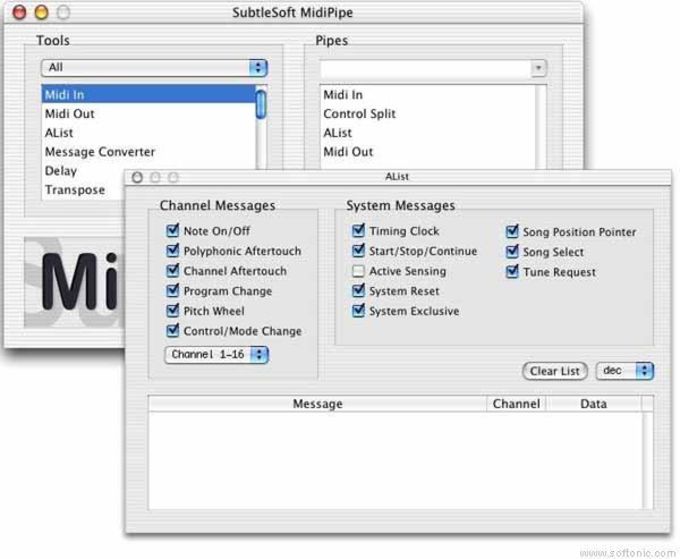

It is wired to a control box, using 4-conductor ⅛" plugs, which processes the pressure information and translates it into MIDI. This contains the actual pressure sensor, which reads both positive (blow) and negative (suck) pressure. The air outlet from the metal tube connects with a thin silicone hose to a 1.5" long flattened cylinder of wood and stainless steel that hangs around your neck. A bulb made from a rare European tree is the mouthpiece (the company supplies two in different sizes), which screws onto a metal tube with an adjustable vent, allowing you to set the backpressure, and it also acts as a drain. This is a serious piece of gear, designed for maximum flexibility and longevity. Hornberg is a German company whose first product is the hb1 breath controller.
#MIDIPIPE ALTERNATIVE PRO#

It was followed by later models with more features, such as a headband, and adjustable threshold and slope controls. The first, the BC1, was introduced in 1983 along with the DX7, which had a ⅛" input jack for it.

Yamaha also made breath controllers that were not instruments themselves but were air-pressure sensors designed to be used with keyboards. All of them can be played either in EWI or EVI mode.Ī few other companies have dipped their toes into the breath-controller stream–Casio with its not-quite-a-toy DH series, and the impressive but short-lived Synthophone, which was an actual alto sax packed with sensors and electronics–though none were able to achieve any market longevity. Today Akai makes one model that is just a controller, the EWI USB, and two that have built-in synths. Akai first licensed his designs in 1987 and sold complete controller and synthesizer systems. Steiner, a trumpet player, started with the Electronic Valve Instrument (EVI), which used an interface based on a trumpet, and followed it with the Electronic Woodwind Instrument (EWI). Akai makes instruments designed by Nyle Steiner, whose first electronic wind instruments date back before MIDI.


 0 kommentar(er)
0 kommentar(er)
